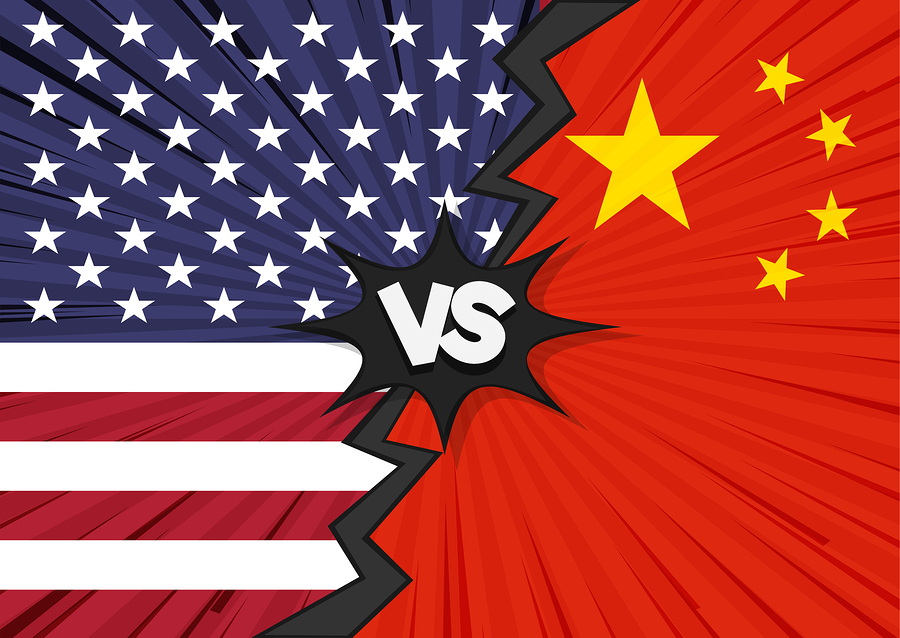The war between the United States and China conceals issues that are more complex and strategic than the simple trade balance. When the challenger wants to take the place of the leader, the results are not expected, especially when the countries are governed by two strong characters.
An ambitious China
Three years ago, Xi Jinping launched his “Made in China 2025” plan, so that his country would occupy the world’s leading position in terms of technology, robotics, telecommunications and artificial intelligence. One of the stratagems used seems to be theft of intellectual property which takes place in various ways: espionage in the United States (as condemned by the FBI), attempts to purchase American companies (for example, Micron in 2015) or foreign partnerships – with the Taiwan company Jinhua in 2018, an obligation to participate in the capital of any foreign company wishing to locate in China or to make technology transfers to have access to the Chinese market. Once in power, Trump denounced these fraudulent manoeuvres on the international scene and replied by banning the sale of American products in China (the momentary shutdown of the sale of electronic components to ZTE could have been fatal for the Chinese company) and by urging Western countries to boycott products from certain Chinese companies. In the crosshairs is the Chinese technology giant Huawei, that plans to win the global 5G battle, a determinant for tomorrow’s civilian (connection of objects, smart cities, videosurveillance, self-driving cars) and military applications.
The determination of the United States
Contrary to what one might think, the technology war did not begin in the Trump era. Already in 2012, the United States had banned Huawei products, accusing the company of massive espionage and being a “threat for American national security”. The tone went up a notch in 2018 with the arrest by Canada, at the request of the United States, of the daughter and financial director of the founder of Huawei, for non-compliance by the company with the embargo on Iran. This is in addition to the campaign by the American president to dissuade countries from resorting to Huawei for the 5G network, a call already answered by Australia, Japan and New Zealand, which have decided to ban the Chinese equipment manufacturer. This case is part of an American action plan, dictated by President Trump, very specifically aiming to achieve the cessation of “unfair trade practices”, reduction of the trade deficit between the United States and China (estimated at $323.3 billion in 2018), as well as protection of jobs on American territory. To do this, President Trump has imposed tariff increases (+25% on imports of Chinese steel, +10% on aluminum) and threatened a surtax on $250 billion additional Chinese imports if no agreement is signed (initially scheduled for March 1, 2019). For the time being, China is granting a lot of concessions by opening its market more to foreign companies in various industries and by importing more products from the United States (soya, gas, etc.).
Who will emerge as the victor in this technology war? How long will it last? What collateral damage will there be? Let us hope that this new kind of 21st century war does not lead to global conflicts such as those that plagued the first half of the 20th century.
